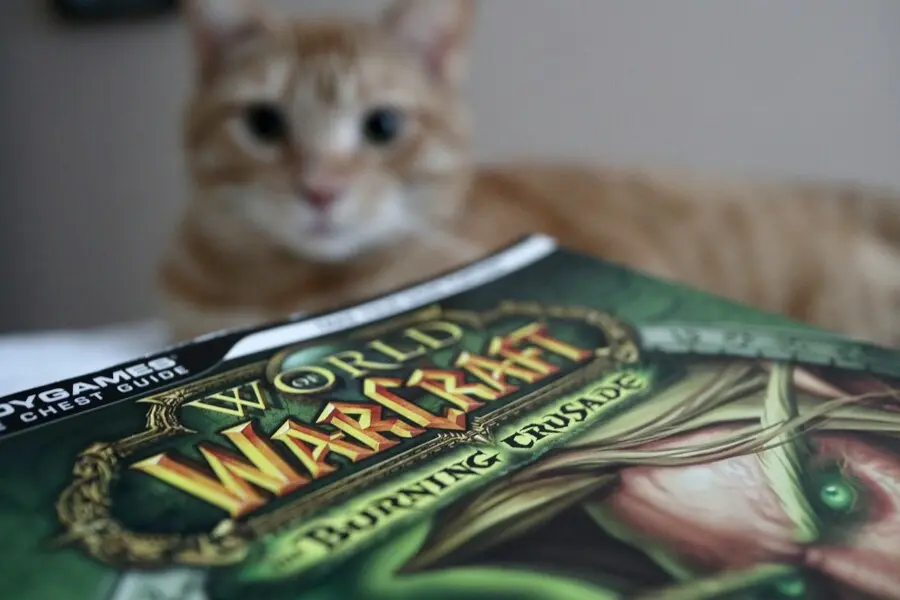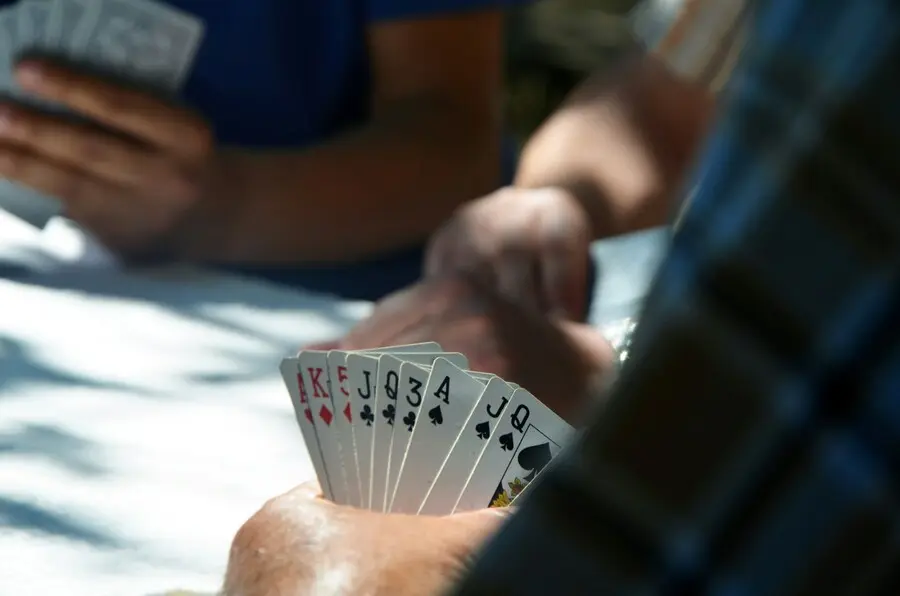“Tusk” was the long-awaited followup to the landmark multimillion best-selling album “Rumours”. Several songs made it from “Tusk” to the charts but none rose as high as Stevie Nicks’ “Sara,” reaching #7 on the U.S. Billboard Hot 100 charts. So how did this gentle, mystical masterpiece come about?
Fortunately, we have the answer in Nick’s own words. In various interviews she explained that she wrote this song in 1978, assisted by singer/model Sara Recor, for whom the song is named. When the song was written Nicks was quietly dating the recently divorced Mick Fleetwood, drummer for the band. A few months later Fleetwood left Nicks after falling for Recor (they would later marry, and then divorce).
So what is this song about? Fleetwood Mac? Sara Recor? Or someone else?
Eagle Don Henley, who dated Nicks for about 2 years in the late 1970s and early 1980s, believed it was about an abortion Nicks had after he got her pregnant. Henley thinks it is a tribute to the unborn child. He said he was building a house at the time, and the lyric, “When you build your house, call me home” was intended for him. Nicks hasn’t contradicted this. In an interview with US Magazine in 1990 she said, “That is true. He did [build the house]. And I was in it before he finished it.”
However, Nicks once said the song was about Fleetwood. “Sara was pretty much about Mick. So, he was the ‘great dark wing’. And, ah, it was about everything that was going on at that particular time, too, but he was the, the reason for the, you know, the beginning of it,” she claimed on MTV Fanatic in 1996.
But in an interview on the Tommy Vance Show in 1994 Nicks said, “It’s about me, about her [Sara], about Mick, about Fleetwood Mac. It’s about all of us at that point. There’s little bits about each one of us in that song and when it had all the other verses it really covered a vast bunch of people.”
Other verses?
It seems the original song was 16 minutes long. But the version on the original vinyl release of Tusk was only 6:27. Yet when Tusk was originally released as a compact disc single in 1987 this later version was only 4:37, with the vinyl version’s middle verse and musical bridge omitted. Later on the original vinyl 6:27 version appeared on 1988 Fleetwood Mac’s “Greatest Hits”, released in 1988. But neither of these was the “real version,” which Nicks claims has about 9 more verses.
And there’s even another version! When Tusks was re mastered and re-released in March 2004 there was a new version known as ‘the cleaning lady’ version (because Nicks is clearly audible in the beginning of the demo recording ‘I don’t want to be a cleaning lady!’). This particular version lasts almost nine minutes and contains lyrics which had previously only been performed live, such as “and the wind became crazy,” “no sorrow for Sara, you can have no mor,e” and “swallow all your pride, don’t you ever change- never change.”
All that whittling down eventually got to Nicks because, as she said in the Tommy Vance interview, “The original Sara was 16 minutes long. Like about nine more verses than what you hear on the record. It got edited down to 14 minutes, down to 11 minutes, down to 9 minutes, down to 7 minutes, down to 4 minutes and 40 seconds. I was to the point where I went, ‘Is the word Sara even going to be left in the song?”
And then there was the lawsuit.
In 1980, the year after the song was released, Stevie Nicks was sued for plagiarism by Carol Hinton of Rockford, Michigan. In late 1978, Hinton had written a song called “Sara”, which she had sent to Warner Brothers, which is Fleetwood Mac’s recording label. The lyrics in Hinton’s song and Stevie Nicks’ song were similar. Both shared the lines, “Drowning in the sea of love” and “When you build your house, call me.” The suit lasted for months, even though Nicks had multiple witnesses (including, Kenny Loggins). Nicks refused to settle, defending against the lawsuit by proving that she had written and recorded a demo version of the song in producer Gordon Perry’s Dallas studio in July 1978, months before Hinton sent her lyrics to Warner. Eventually, Hinton gave up, accepting that Nicks had not stolen her song
“There were some great similarities in the lyrics,” Stevie said later, “and I never said she didn’t write the words she wrote. Just don’t tell me I didn’t write the words I wrote. Most people think that the other party will settle out of court, but she picked the wrong songwriter. To call me a thief about my first love, my songs, that’s going too far.”
So how does Nicks feel about her own composition? In 1986, Nicks checked in to The Betty Ford Clinic for cocaine addiction. When she signed in she used the name “Sara.” She wrote “Welcome To The Room, Sara” about her experience there, which ended up on Fleetwood Mac’s 1987 album “Tango In The Night.”
But give Nicks the last word. In an interview with Jim Ladd in 1979 she said, “If I ever have a little girl I will name her Sara. It’s a very special name to me. I love singing it on stage. It’s the absolute delight of my night. There’s so much in Sara. And it is the poet in my heart, for sure.”
Source by Garrett Sawyer












